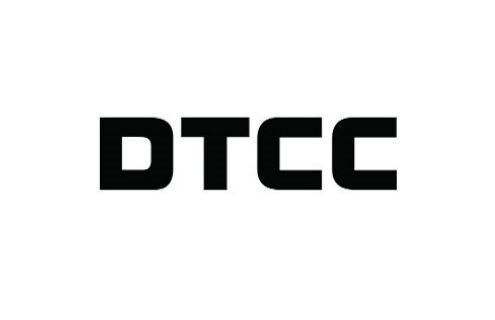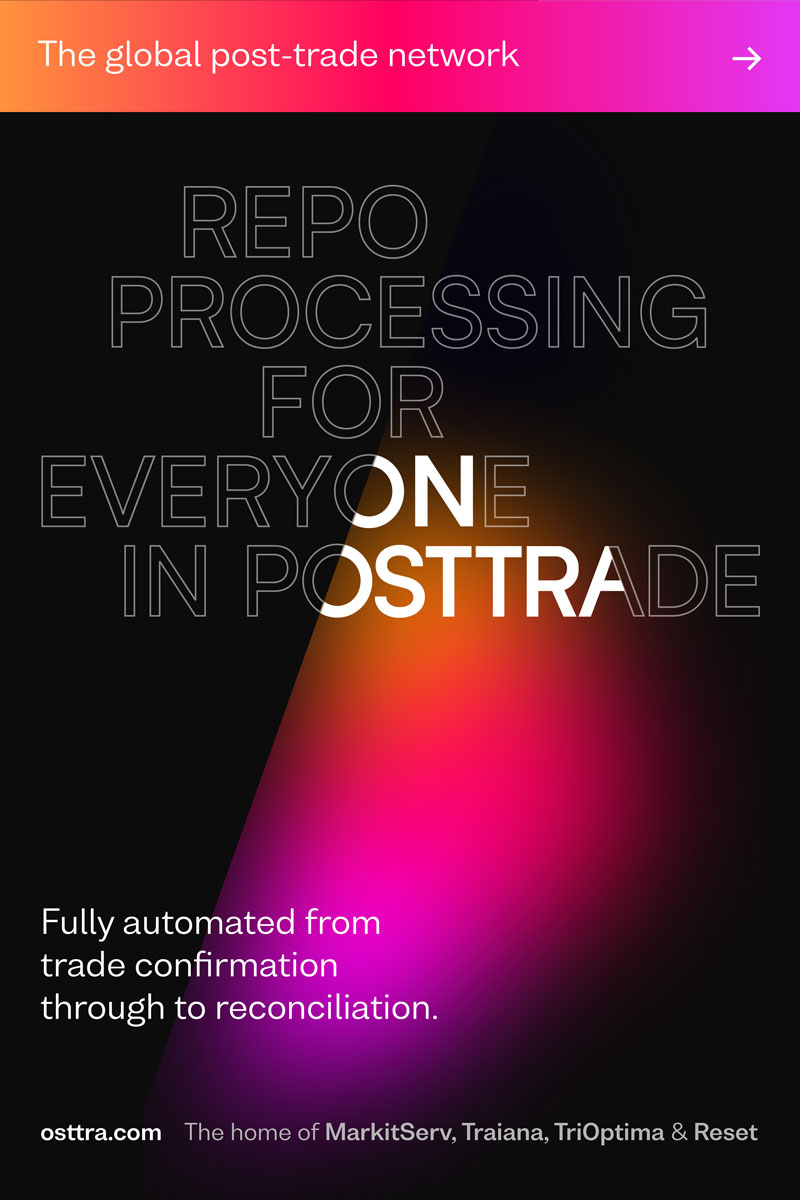The Depository Trust & Clearing Corporation (DTCC) has launched a two-year industry roadmap to shorten the settlement cycle for US equities to one business day (T+1).
DTCC suggests that the immediate benefits of moving to a T+1 settlement cycle include cost savings, reduced market risk and lower margin requirements, according to its latest paper “Advancing Together: Leading the Industry to Accelerated Settlement”.
The paper also highlights the firm’s plans for galvanising the necessary support for the project across a wide range of market participants.
While every country has its own settlement cycle, most countries operate on T+2 or two business days after the transaction date.
In order to move to T+1, DTCC says industry participants must align and agree to shorten the settlement cycle by implementing the necessary operational and business changes, and regulators must be engaged.
DTCC highlights that it does not have the regulatory or legal authority to unilaterally change the settlement cycle.
But notes that it continues to take a leadership position to shorten the settlement cycle to T+1, similar to the role it played in 2017 to move to T+2.
Based on extensive industry engagement throughout last year, DTCC says that market participants increasingly favour the move to T+1 to take advantage of capital and operational efficiencies, and benefit from significant risk reduction and a lowering of margin requirements, especially during times of high volatility and stressed markets.
Based on simulations detailed in the paper, it estimates that a move to T+1 could bring a 41 per cent reduction in the volatility component of NSCC’s margin.
By the end of Q1 2021, DTCC anticipates the completion of prototype development for the Project Ion settlement system, which provides a T+1 environment for the industry on a digital platform using distributed ledger technology (DLT) and other emerging technologies.
Another key date in the two-year roadmap is H2 2022, where DTCC plans to start transitioning to an enhanced settlement model that more closely integrates processes from DTCC’s equities clearing and settlement subsidiaries, NSCC and DTC.
According to DTCC, studies have shown an integrated settlement model could provide an 11 per cent reduction in the volatility component of NSCC margin.
The final date is 2023 when DTCC proposes the US settlement cycle to officially move to T+1, with market participant and regulator alignment.
While NSCC and DTC can support T+1 and even same-day (T+0) settlement today using existing technology, DTCC notes that the current T+2 settlement cycle is a convention of market practice, and shortening that period as regular-way for all market participants will require industry coordination.
Last week, Vladimir Tenev, CEO of Robinhood, an American financial services company known for offering commission-free trades of stocks and exchange-traded funds via a mobile app, voiced his push for the settlement infrastructure to be modernised suggesting a T+0 system would be the way forward.
His comments followed the course of events from January when Robinhood had to restrict trading in stocks including Gamestop because of the volatility caused by retail traders.
He said: “There is no reason why the greatest financial system the world has ever seen cannot settle trades in real time. Doing so would greatly mitigate the risk that such processing poses. Indeed, real time settlement would have allowed Robinhood Securities to better react to periods of increased volatility in the markets without restricting the purchasing of securities. It has been four years since the securities industry moved from a three-day to a two-day settlement cycle.”
However, DTCC’s paper highlights the barriers to netted T+0 and real-time gross settlement such as netting and liquidity; increased fails, predictive financing; reconciliation and loss of CCP trade guaranty.
The paper states that many of these issues apply solely to T+0 settlement, and a move to T+1 would not require large operational or technical changes by market participants. It also suggests that it would not cause fragmentation and risk to the core clearance and settlement ecosystem.

.jpg)


